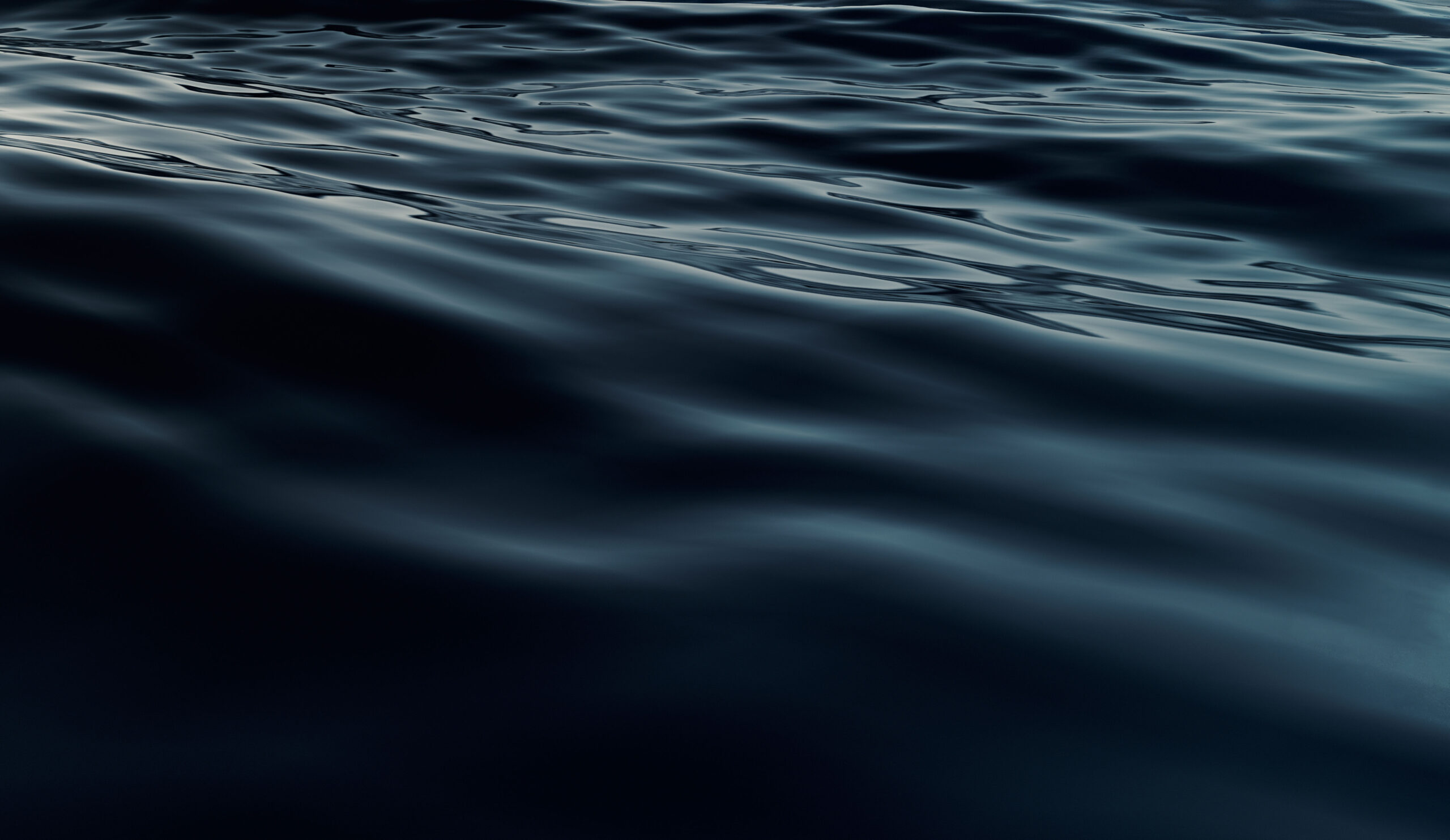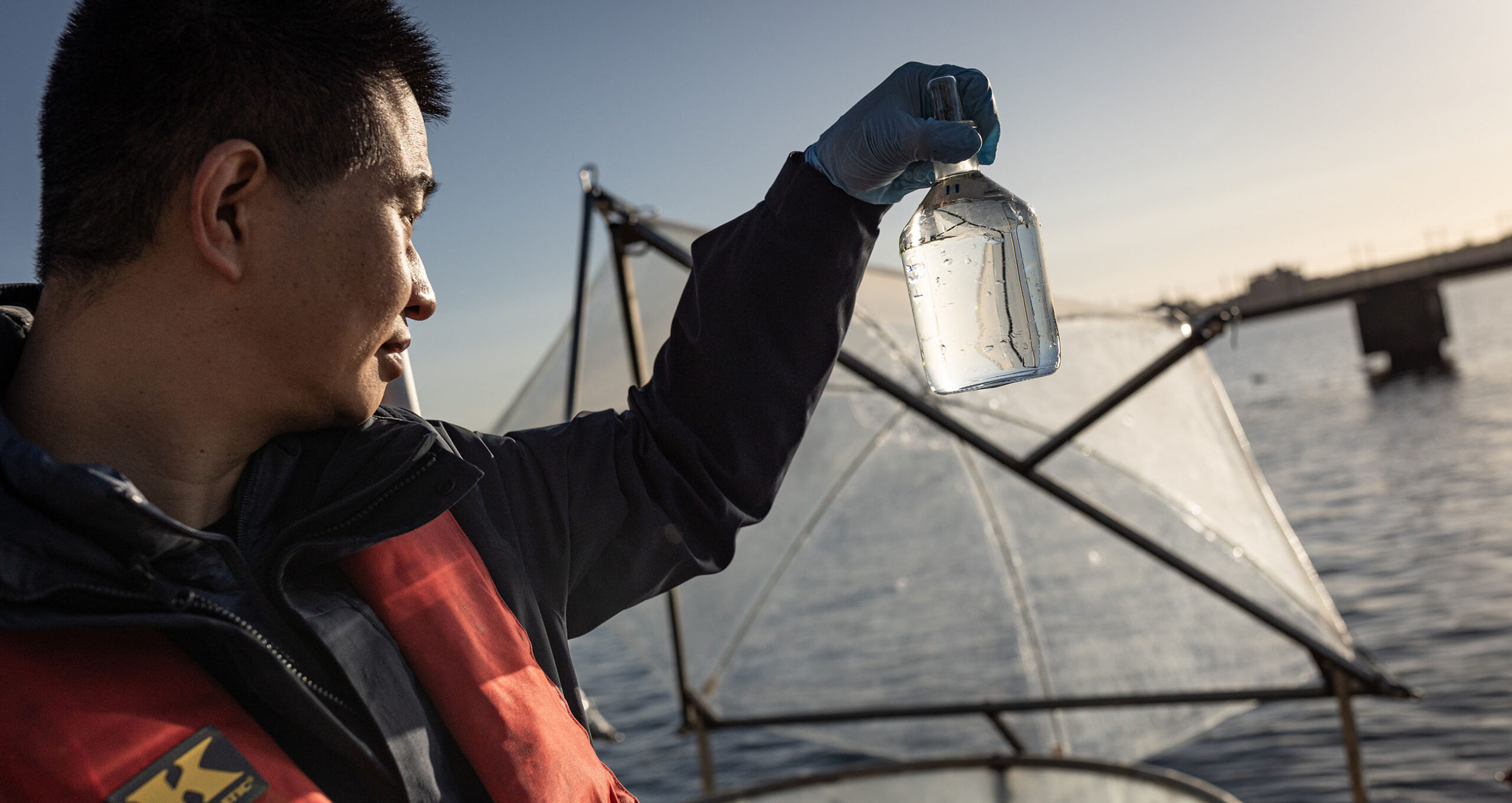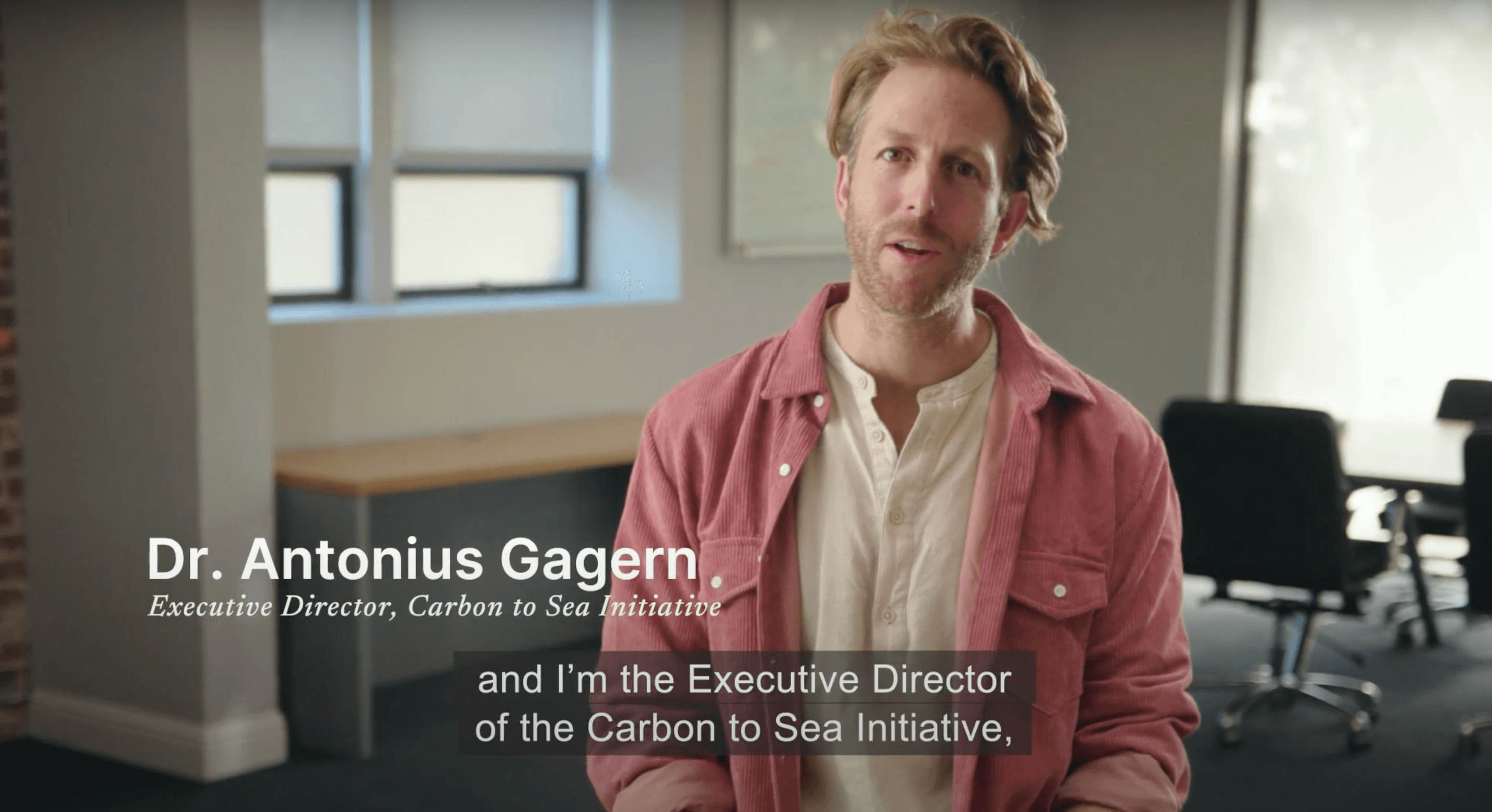
To protect our environment, we must remove billions of tons of CO2 this century
Carbon to Sea is the leading initiative evaluating whether the ocean can help us mitigate the impacts of climate change through carbon dioxide removal, or CDR.
Carbon dioxide (CO2) is a gas that we breathe out every day, but it is also produced by humans in a number of ways, including gas-powered cars and power plants, among others. Large amounts of that CO2 then naturally get absorbed into the ocean.
Alongside reducing emissions, working with the ocean’s natural mechanisms for removing CO2 from the air could contribute to addressing climate change. Early research suggests that ocean alkalinity enhancement (OAE) is a particularly promising approach when considering effectiveness, potential for scale, and permanence. But important barriers and open questions remain. We are funding and partnering with leading scientists, engaging with governments and communities, and encouraging responsible sector development to build the trust and rigor required to determine OAE’s potential.

The promise of ocean-based carbon removal
The ocean covers 70 percent of the Earth’s surface and already absorbs more than a quarter of all carbon emissions per year.
As rocks are exposed to the elements, their minerals naturally wash into the ocean, creating slightly alkaline waters and drawing down CO2 from the air. Adding more of these minerals could speed up the natural process, allowing ocean waters to soak up more CO2 without becoming more acidic. There are many different pathways to OAE, including mineral based approaches as well as those that remove acid from seawater. We are pathway-agnostic and open to all outcomes.
What We Do
Carbon to Sea Initiative is systematically evaluating OAE as a climate solution through grant making and direct programs. We are the leading philanthropic funder of OAE research, without commercial interests.
Across our programmatic efforts, we are advancing R&D while building the necessary guardrails and enabling conditions for a responsible and equitable sector.
Our Guiding
Principles
Together with our grantees and partners, we want to ensure that ocean alkalinity enhancement matures responsibly through our guiding principles.
Good governance
Good governance
We work with local communities, national governments and international regulators to ensure research is transparent, benefits the public good and adheres to governing policies.
Scientific rigor
Scientific rigor
We adhere to thorough scientific processes to systematically evaluate whether ocean alkalinity enhancement can deliver safe, cost-effective, and permanent carbon dioxide removal at scale.
Outcome agnostic
Outcome agnostic
We are committed to transparent publication of research results, even if those outcomes show OAE to be unfavorable. We are advocates for the scientific evaluation and will find even a conclusive determination that OAE should not be pursued to be a success of our mission.
Learn About Carbon to Sea
Watch Dr. Antonius Gagern, our Executive Director, discuss Carbon to Sea and the high potential of ocean alkalinity enhancement, which aims to pursue the ocean’s natural process of drawing down carbon dioxide from the atmosphere.
